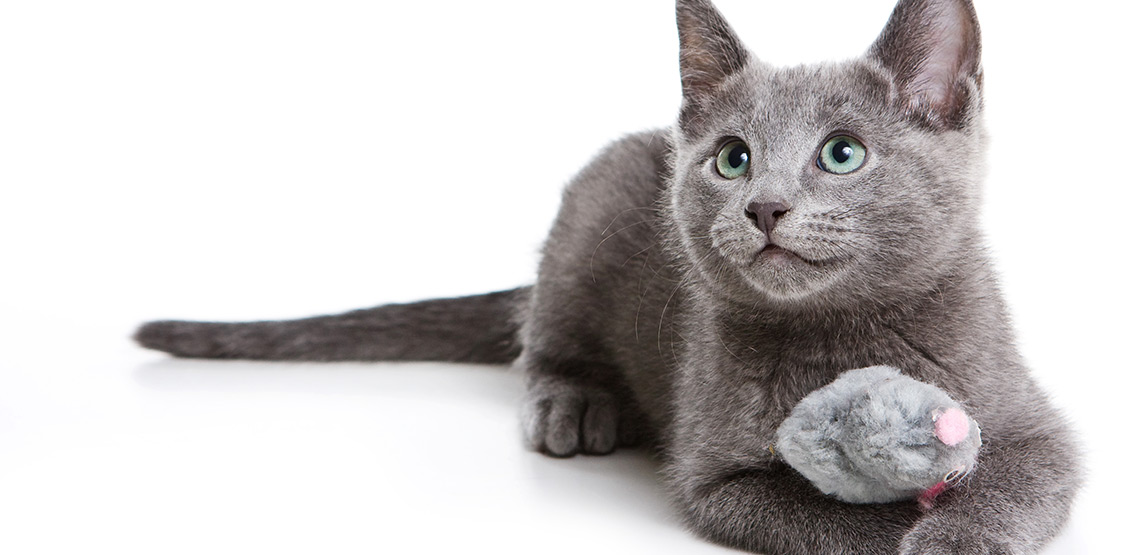A pet owner's guide to the Russian blue cat
Russian blue breeders in Scandinavia and Britain began refining the line following the conclusion of the Second World War. Like Burmese, Siamese and Abyssinian cats, the breed is named for its place of origin. With unique and strikingly beautiful silvery-blue coats, Russian blue cats are among the most sought-after breeds in the world.
History
Sometimes called Archangel blues, given that they're believed to be native to the Archangel Isles in Russia, these cats were first shown in London in 1875. Russian blues made their way to mainland Europe via sailors and were given official breed status in 1912.
Appearance
Size: Healthy, fully grown males should weigh between 8 and 10 pounds, with females tending to weigh 1 to 2 pounds less.
Coat: Russian blue kittens grow a double coat, marked by a soft and downy undercoat and a fine topcoat. The base color is invariably a glimmering silver-blue, though some lighter or darker patches may be scattered throughout.
Eyes & Ears: Russian blue cat breeders consider brilliant green eyes the desired standard. In show cats, any presence of white or yellow in the eyes is considered a fault. Ears are large, with wide bases, and they should be set on the sides of the head fairly far apart.
Tail: This breed's tail is medium in thickness, even in width and covered in soft, short fur.
Related Search Topics (Ads):
Disposition
These cats are good with children and other pets, and display a gentle, quiet and shy nature. They are exceptionally sensitive to the moods of their human companions and actively seek affection.
Health and Care
Grooming: Little care, other than brushing, is needed to maintain these cats' plush, soft, short fur. They don't tend to shed much, and anecdotal evidence suggests these are largely hypoallergenic cats.
Activity Level: While a typical Russian blue kitten is quite playful and active, older cats tend to prefer the security of familiar settings and won't often venture outdoors. They have a relatively low activity level and make good lap cats.
Health Problems: This breed is noted for being healthy and hardy, and well-cared-for cats tend to live long lives largely free of health issues. Proper cat eye care and dental care is essential, though. Like all cats, older Russian blues are prone to bodily breakdown and disease. Regular vet care is needed to check for common problems, but giving your pet regular doses of cat vitamins can promote good health into old age.
Average Lifespan: A healthy Russian blue cat can live to be 15 years old, or even older.
Finding Russian Blue Kittens for Sale
Demand for this breed is high, and breeders with Russian blue kittens for sale will usually command a price between $400 and $700. Rates are higher for show cats and animals with an exceptional pedigree.
